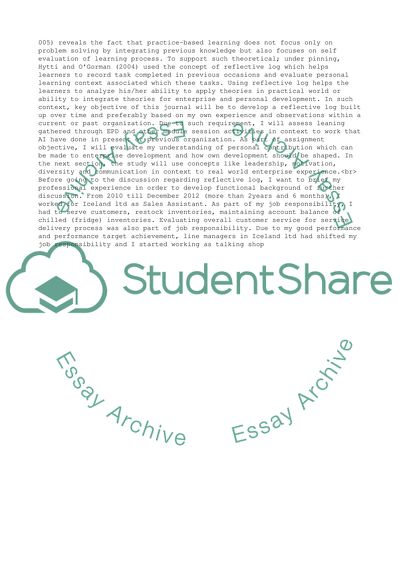Cite this document
(Reflective log Essay Example | Topics and Well Written Essays - 2000 words, n.d.)
Reflective log Essay Example | Topics and Well Written Essays - 2000 words. https://studentshare.org/human-resources/1806089-reflective-log
Reflective log Essay Example | Topics and Well Written Essays - 2000 words. https://studentshare.org/human-resources/1806089-reflective-log
(Reflective Log Essay Example | Topics and Well Written Essays - 2000 Words)
Reflective Log Essay Example | Topics and Well Written Essays - 2000 Words. https://studentshare.org/human-resources/1806089-reflective-log.
Reflective Log Essay Example | Topics and Well Written Essays - 2000 Words. https://studentshare.org/human-resources/1806089-reflective-log.
“Reflective Log Essay Example | Topics and Well Written Essays - 2000 Words”. https://studentshare.org/human-resources/1806089-reflective-log.


